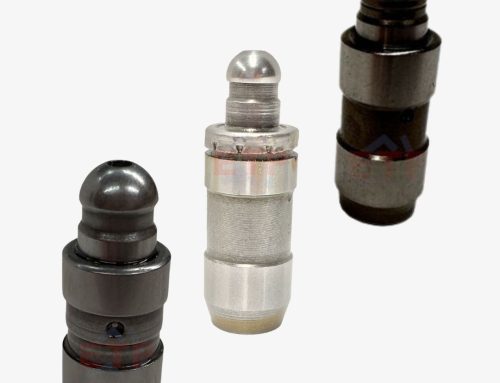
How to Choose the Right Cylinder Head for Your Vehicle: Step-by-Step Guide
Choosing the right cylinder head can make or break your engine’s performance. Whether you’re upgrading for more power or replacing a damaged head, the decision isn’t as simple as picking the first part that fits. This guide walks you through how to choose the right cylinder head step by step — from understanding compatibility to selecting materials and configurations that suit your specific engine build.
Step 1: Know Your Engine Specs
Start with your engine’s exact specifications:
- Make and model
- Engine code
- Year of manufacture
- Fuel type
- Induction system (naturally aspirated vs turbocharged)
Why this matters:
Cylinder heads are not universal. Even small differences between engine revisions can lead to massive headaches during installation or lead to poor performance.
👉 Need help? Contact EngineBits support to identify the right fit.
Step 2: Check Cylinder Head Compatibility
Once you have your specs, look for:
- Bolt pattern alignment
- Valve configuration (SOHC, DOHC)
- Combustion chamber volume
- Coolant and oil port matching
Mismatched heads can cause overheating, sealing issues, and mechanical failure. Even among the same engine series, different trim levels or fuel injection systems may require different heads.
Pro tip: Check your old cylinder head part number. Many heads are stamped with an identifying code that makes cross-referencing easier.
Step 3: Choose the Right Material
Cylinder heads typically come in two materials:
- Aluminium: Lighter, better for performance and heat dissipation. More common in modern engines.
- Cast Iron: Heavier, stronger, but less efficient at heat transfer. Often found in older or heavy-duty engines.
If you’re building for racing or power mods, aluminium is usually best. For towing, work vehicles, or long-term durability, cast iron may be better.
Step 4: Decide Between vs Aftermarket
Should you buy a genuine or aftermarket cylinder head?
Pros:
- Guaranteed fit and function
- Engineered for longevity
- Often come with warranties
Aftermarket Pros:
- Often cheaper
- May offer performance improvements
- Wider range of options (ported, high-flow, upgraded valves)
EngineBits stocks both, so you can choose based on your budget and goals.
Step 5: Consider Performance Needs
Ask yourself:
- Do you want more horsepower?
- Are you planning future upgrades (cams, turbo, etc)?
- Are you trying to improve fuel economy?
If yes, you’ll want a performance head with features like:
- Larger valves
- CNC porting
- Reinforced casting
- Multi-angle valve seats
For daily driving or stock replacements, a standard reconditioned head is your best bet.
Step 6: Don’t Forget Gaskets, Bolts & Installation
Every cylinder head replacement should include:
- A new head gasket
- Fresh head bolts (many are torque-to-yield)
- Proper torque specs and sequence
EngineBits offers full install kits with everything you need – no second trips to the mechanic or parts store.
Step 7: Buy from a Trusted Source
Cheap heads from unknown suppliers can lead to poor casting quality, warping, cracks, and early failure.
At EngineBits, every cylinder head:
- Is inspected by our in-house experts
- Comes backed by warranty
- Ships fast, World-wide
👉 Shop our full range of cylinder heads now or chat with a parts expert if you’re unsure.
Ready to Get Started?
Knowing how to choose the right cylinder head isn’t just about swapping parts – it’s about understanding how your engine works and making a smart, long-term investment. Whether you’re chasing power or just getting back on the road, follow these steps to get it right the first time.
Still have questions? Contact Us or fill out a Support Request form.







